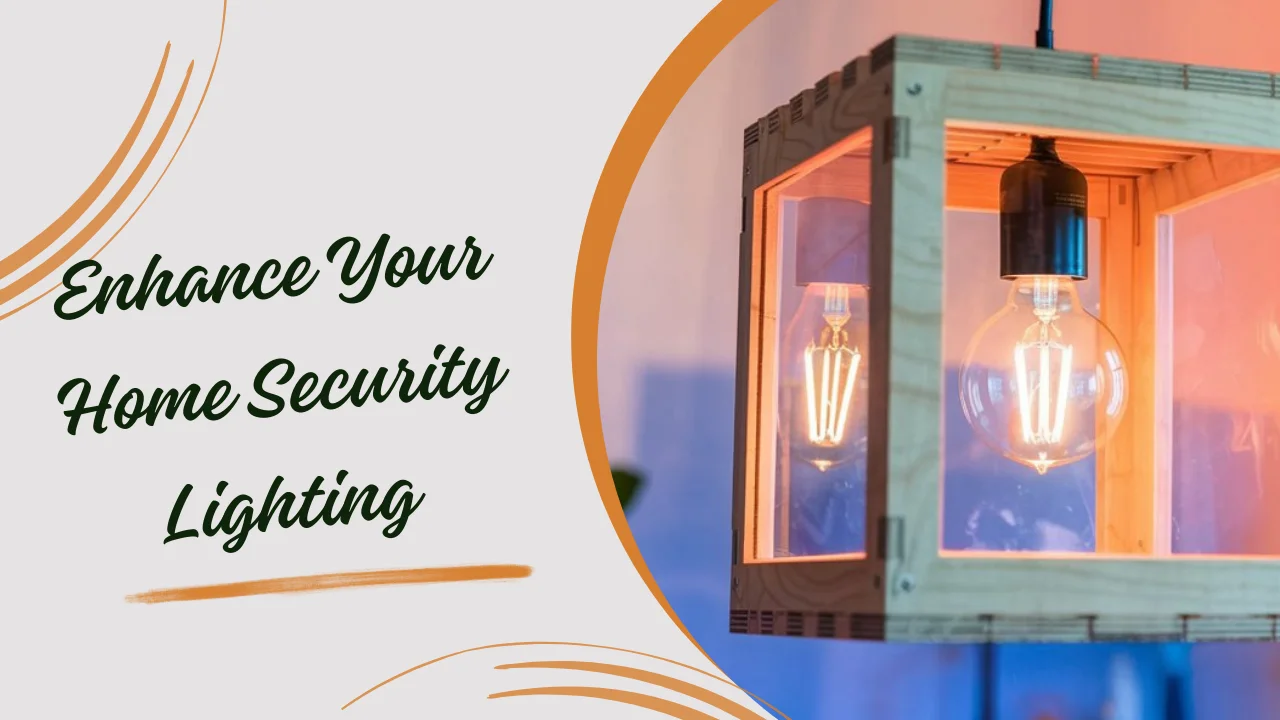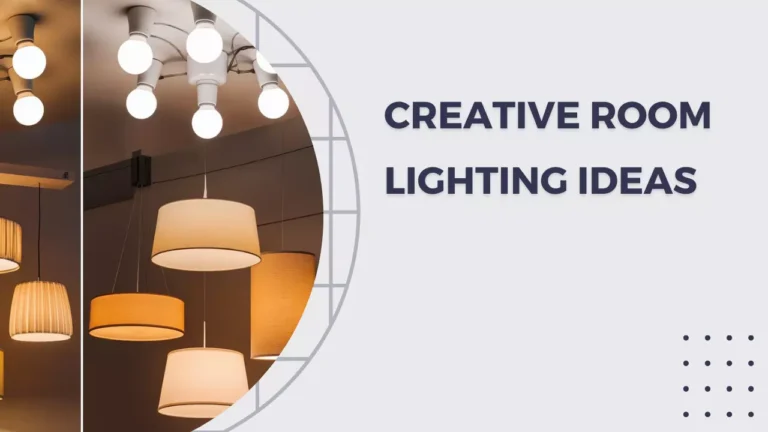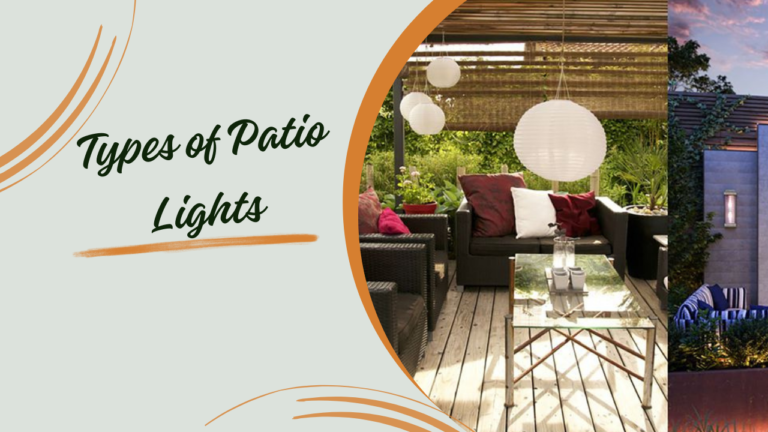How to Use Lighting to Enhance Your Home Security Lighting
When it comes to home security, lighting plays a pivotal role in deterring intruders and ensuring safety. Strategic lighting not only enhances the aesthetic appeal of your property but also acts as a powerful deterrent against potential threats. In this guide, we’ll explore how you can use home security lighting to protect your home effectively.
Understanding the Importance of Home Security Lighting
Home security lighting is crucial for several reasons. Properly installed and managed lighting helps:
- Deter Criminal Activity
Well-lit areas are less appealing to burglars. Thieves prefer to operate in darkness where they are less visible. By illuminating your home, you reduce the risk of break-ins. According to a study by the International Association of Chiefs of Police, homes with proper lighting are less likely to be targeted by criminals. Learn more here. - Increase Visibility for Surveillance
Good lighting improves the effectiveness of security cameras. If your property is poorly lit, surveillance footage can be grainy and less useful. Adequate lighting ensures that your cameras capture clear images, which is vital for identifying suspects. - Enhance Safety Around Your Property
Lighting helps prevent accidents by illuminating walkways, driveways, and stairs. Well-lit areas reduce the chances of trips and falls, making your home safer for both residents and visitors.
Types of Lighting for Enhanced Security
Different types of lighting serve distinct purposes in home security. Here are some effective options:
1. Motion Sensor Lights
- Description
Motion sensor lights activate when they detect movement. These lights can startle potential intruders and alert homeowners to unusual activity. - Benefits
Motion sensor lights are energy-efficient because they only use power when needed. They also provide immediate illumination in dark areas, making them ideal for driveways, backyards, and entryways. - Considerations
Ensure the sensor’s range covers critical areas around your home. Position these lights away from moving objects like trees or pets that might trigger false alarms.
2. Flood Lights
- Description
Floodlights offer broad, powerful illumination. They cover large areas and are often used to light up the exterior of buildings and yards. - Benefits
Floodlights enhance visibility across expansive areas, making it difficult for intruders to hide. They are particularly useful for illuminating driveways and large backyards. - Considerations
Choose flood lights with adjustable beams to cover all necessary areas. Installing them at higher elevations can prevent tampering and ensure effective coverage.
3. Pathway Lights
- Description
Pathway lights line walkways and driveways, providing gentle illumination. - Benefits
These lights not only enhance security by making paths more visible but also add a decorative element to your garden or yard. - Considerations
Opt for solar-powered models for energy efficiency. Ensure that the lights are positioned to avoid casting shadows on pathways, which can obscure visibility.
4. Security Lights with Cameras
- Description
Some security lights come integrated with cameras. These units combine lighting and surveillance in one device. - Benefits
This dual functionality provides both illumination and monitoring, saving space and ensuring continuous surveillance of key areas. - Considerations
Make sure the camera quality is high enough for clear footage. Position the lights and cameras to cover all critical entry points.
Strategic Placement of Security Lighting
Effective home security lighting requires strategic placement. Here are key areas to focus on:
1. Entry Points
- Front Doors and Side Gates
These are prime areas where intruders might attempt to gain entry. Install bright, motion-activated lights to deter potential thieves. Consider using floodlights or spotlights to cover these areas comprehensively. - Backdoors and Windows
Ensure that all potential entry points are well-lit. Lights positioned around back doors and ground-floor windows can prevent unauthorized access and make it easier to spot suspicious activity.
2. Driveways and Garages
- Description
Lighting up driveways and garages can reveal movements and prevent hidden access points. - Benefits
Well-lit driveways enhance safety while parking. Motion sensor lights or flood lights can alert you to any activity in these areas, improving overall security.
3. Yards and Gardens
- Description
Adequate lighting in yards and gardens helps cover blind spots and reduces potential hiding places for intruders. - Benefits
Use pathway lights and spotlights to brighten these areas. Ensure the lights are not obstructed by vegetation, which can limit their effectiveness.
Choosing the Right Lighting Fixtures
Selecting the appropriate fixtures is essential for optimal home security lighting. Here’s what to consider:
1. Brightness and Coverage
- Description
Choose fixtures that provide sufficient brightness for the areas you need to cover. - Benefits
The brightness level should be high enough to illuminate dark areas and ensure visibility. LED lights are a good option due to their energy efficiency and bright output.
2. Durability and Weather Resistance
- Description
Lighting fixtures should withstand various weather conditions. - Benefits
Opt for weather-resistant fixtures that can endure rain, snow, and heat. Materials like aluminum and high-grade plastic are suitable for outdoor use.
3. Energy Efficiency
- Description
Energy-efficient lighting reduces utility costs and is environmentally friendly. - Benefits
Solar-powered lights and LED fixtures consume less energy and have a longer lifespan compared to traditional incandescent bulbs.
Integrating Lighting with Other Security Measures
Combining home security lighting with other security measures enhances overall effectiveness. Here’s how:
1. Alarm Systems
- Description
Integrate your lighting system with an alarm system for added security. - Benefits
Linking lights to an alarm system can trigger illumination when the alarm is activated. This creates a visual deterrent and alerts you to potential breaches.
2. Smart Home Integration
- Description
Smart lighting systems can be controlled remotely and integrated with other smart home devices. - Benefits
Control your lights from your smartphone or tablet, even when you’re away. Smart lighting systems can simulate your presence by scheduling lights to turn on and off at specific times.
3. Regular Maintenance
- Description
Regularly check and maintain your lighting systems to ensure they function correctly. - Benefits
Routine maintenance helps avoid outages and ensures that all lights are operational. Replace bulbs and clean fixtures as needed to maintain optimal performance.
Conclusion
Implementing home security lighting effectively involves more than just installing a few bulbs. Strategic placement, choosing the right fixtures, and integrating lighting with other security measures are all crucial for enhancing your home’s safety. By following these guidelines, you can create a well-lit environment that deters intruders and ensures the safety of your property.
For more information on enhancing home security with lighting, check out these resources:







